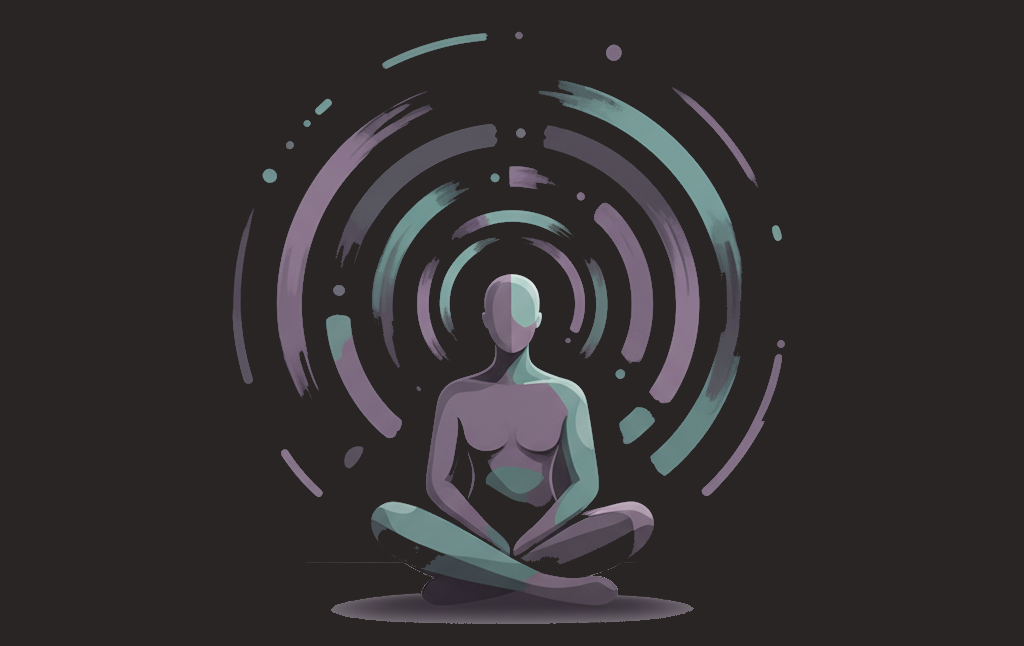The Radical Discipline Of Doing Nothing.
Exploring: how boredom is actually the brain’s reset button for creativity, reflection, and self-direction in an overstimulated world.
You are hyperactive, filling voids to feel whole. You are in a bad spot, but you don’t know it.
You are bored. You look still and passive. You are in a great place, but you don’t know it.
Much has been written about busyness. Much less about emptiness.
Let me give boredom the spotlight it genuinely deserves as Artificial Intelligence makes inroads both in personal and professional lives.
Boredom as the engine of imagination
Children used to make up universes out of silence. Silence at work has become a taboo in the corporate world.
Something has happened – the insatiable quest for convenience. We are optimising away every moment of idleness, from the waiting line to the bathroom break. Unconsciously, we’re eliminating a mental space that allows us to create, reflect and imagine.
This is not a sustainable way to elevate human presence in the workplace. On the contrary, it looks like one more step toward automating every creative process, mechanising every task, and sterilising every activity at work.
Let me be clear upfront: boredom is neither good nor bad in and of itself. It exists on a spectrum, with two demarcations:
Passive boredom, which is:
Paired with frustration, apathy, and disengagement.
Associated with lower cognitive flexibility, worse memory, and more purposeless mind-wandering – typically happening when doom-scrolling.
Active boredom, which is:
Deliberate — when we choose to sit with emptiness, resist distraction, and let the mind wander intentionally.
Associated with creativity and problem-solving enhancements, leaving mental space for insights to land and mature.
Multiple studies confirm that after a period of low stimulation, participants generate more creative uses for ordinary objects — but only when boredom wasn’t induced by frustration or fatigue.
In a landmark experiment by Sandi Mann and Rebekah Cadman (2014), participants asked to copy phone numbers by hand later came up with more original ideas than those who weren’t bored at all. When the mind has nothing to do, it starts to build worlds.
Unfortunately, today’s workplace reprimands this behaviour. Emptiness is regarded as weakness. Stillness as uselessness. When in fact, it is the birthplace of originality.
Which begs the suggestion: maybe our innovation problem isn’t caused by a lack of tools — but by a lack of mental emptiness.
The monetisation of attention
Our cognitive terrain used to be hilly. Going uphill, we were grinding, trying to find solutions to complex business problems. Going downhill, we were putting our minds to rest. On flat segments, we could let them roam — thinking about the latest trip, ruminating over a mishap, or envisaging future outcomes.
AI and smartphones have turned this terrain into a permanent slight uphill stretch. No more flat segments. No more slopes. Rather, a continuous effort of the pernicious kind – the kind that doesn’t stretch your thinking, but normalises it. And over time, we end up with the illusion that this slight uphill stretch is the norm. That it’s flat.
It’s not. It’s being flattened.
And so are our critical thinking, communication, creativity, and collaboration abilities in the workplace.
Boredom was free. Now every second of it is an opportunity for monetisation — and, conversely, for cognitive offloading. Turning boredom into a business model is quite a feat.
AI extends the frontiers of our relationship with technology, creating ever more subtle monetisation opportunities. Smart algorithms have already shifted most of our attention toward easy content. Now we take shortcuts at every turn for quick dopamine.
And AI is pushing us to give away our ability for introspection — this very ability that allows us to step back, analyse, and return smarter, stronger, faster as business uphill routes present themselves to us.
Reclaiming boredom is a collective need in the workplace. It may look like an act of rebellion against cognitive capitalism, but it isn’t that pretentious. It’s simply what will preserve humanity in the world of work to come.
The discipline of doing nothing
As mentioned in my previous newsletter, The Cognitive Gym, the workplace should be where human skills come back to life. And by extension, where you can achieve mental emptiness — the place where you can simply be yourself. Your self. With your strengths. With your flaws.
Despite sometimes swanky appearances, many workplaces do not achieve that goal. They’re optimised for convenience and comfort — not bad things in themselves, but hardly conducive to elevating humans at work.
And chances are, they won’t change: it’s rare to see boredom and profitability in the same sentence of an annual report.
What we are ignoring — or being forced to ignore by the narrative of many technology firms — is that we should be bored from time to time, even at work. The constant stimulation of the mind has flattened our cognitive terrain. How can we overcome business problems if we no longer see the problem? How can we solve operational complexity if we’re told everything is simple? More broadly, more philosophically: how can you be your best self if you don’t even know who that is?
Boredom is not the absence of stimulation. It’s the presence of self.
Learning to sit with boredom is a form of cognitive endurance training — one of those drills that compound into expertise over time. Deprived of novelty, deprived of constant notification bombardments, the mind learns to generate depth.
From ancient practices like meditation to modern neuroscience, the consensus is clear: attention refines itself in stillness.
In an economy where attention is currency, boredom is rebellion.
Yet it may be the most human rebellion of all — a reminder that the mind, left to itself, still knows how to wonder, to connect, and to create.
Doing nothing, it turns out, might be the most productive thing we can do.


